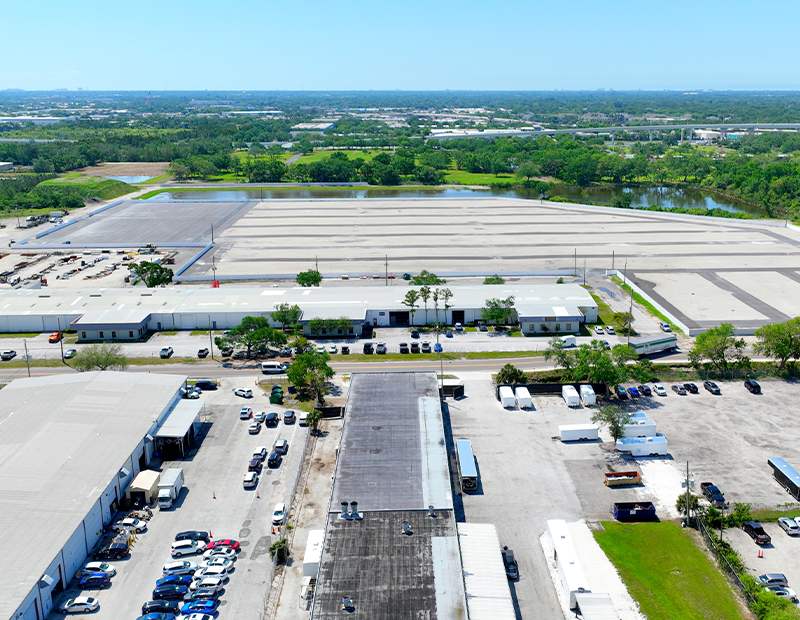Mortgage fees usually induce yawns and glazed-over eyes. But when word began circulating last month that updated pricing would cost some homebuyers more, it resulted in viral TikTok videos with thousands of outraged comments misinterpreting the new rules.
Many critics raised similar questions: Why were some borrowers with lower credit scores and down payments receiving improved pricing on their mortgage rates, while others with high credit scores and larger down payments were being charged more? Are responsible borrowers subsidizing riskier loans?
The changes made the rounds on cable television, even landing a spot on Tucker Carlson’s final show on Fox News, where he claimed that they were going to provide incentives for bad behavior. But much of the controversy focused on the winners and the losers of the pricing updates — and not the fact that the most creditworthy borrowers with large down payments would still pay much less. To clear up any confusion, the federal regulator behind the new pricing had to issue a statement: Sparkling credit still pays.
“You still get a better rate and loan pricing if you make a higher down payment and have better credit,” said Bob Broeksmit, president and CEO of the Mortgage Bankers Association, an industry trade group.
In fact, the mortgage pricing update — which applies to loans backed by Fannie Mae and Freddie Mac, the two quasi-governmental entities that guarantee or purchase the majority of mortgages across the country — is old news. It has been baked into what borrowers pay for months.
The fees were recalibrated in January, when the regulator that oversees Fannie and Freddie — the Federal Housing Finance Agency, known as the FHFA — introduced new pricing charts that lay out how fees are applied to different borrowers and loan types. But the change may have resurfaced now because the updated fees became effective for loans delivered to Fannie and Freddie on May 1. Given the time it takes to close new loans and home purchases, the new fee menus had already been incorporated into mortgages for a while.
There’s little borrowers can do to control the market forces that drove up interest rates on mortgages in the past year. They stood at 6.4% as of Friday, nearly twice their level at the start of last year. But your financial profile — your credit scores, the size of your down payment — also factors into how much you pay for a loan. That’s where these fees come into play.
The fees have been in place since 2008
Depending on how borrowers stack up, they will pay a separate fee on a mortgage backed by Fannie Mae and Freddie Mac.
Those fees, which are a percentage of the loan amount, are often layered on top of a borrower’s base mortgage rate; and the higher your credit score, the less you generally pay. In other words, the riskier the loan is deemed to be, the higher the fee.
These costs aren’t new. They date back to the 2008 financial crisis, when housing prices plunged and mortgage defaults soared, devastating Fannie Mae and Freddie Mac. These fees helped shore up the companies’ finances and are now used to pay for the guarantees these companies provide.
Under the new pricing structure, mortgage borrowers with higher credit scores — and down payments of about 15% to just under 20% — saw fees climb the most, while those with lower scores and down payments had the most significant declines. Critics seized on the seeming inequity of it all, including a chart that focused on how much prices were changing — but not the actual end costs.
Broadly speaking, a borrower’s costs on the average $300,000 loan were projected to rise 0.04 percentage points, or $10 a month.
But the specifics will vary based on your circumstances. Consider a borrower with a 740 credit score and a down payment of 20%. On a $300,000 mortgage, the upfront fee will rise to $2,625, or 0.875% of the loan, from $1,500, or 0.5%. If the borrower didn’t pay the fee at closing, it could be baked into the interest rate — and the higher charge would add roughly 0.125 percentage points to the overall rate, or $25 a month, according to calculations by Mark Maimon, a senior vice president at NJ Lenders.
The change is more significant for a borrower with a score of 630 and a down payment of just under 5% — the upfront fee drops to 1.75% of the loan amount from 3.5%. On a $300,000 loan, that translates to $5,250, down from $10,500.
If they chose to incorporate the fee into their mortgage rate, the second borrower would now pay about 1 percentage point less, shaving about $193 from their monthly payment.
The bottom line: The borrower in the stronger financial position will still pay much less in fees, or half the amount paid by the individual with the lower score and down payment.
The pricing also reflects factors that may not be obvious: People with down payments of less than 20% are required to buy private mortgage insurance (which, according to Freddie Mac, can add $30 to $70 a month for every $100,000 you borrow). That means they pay more, in total, than those with down payments of 20% or more.
The insurance protects the lender, not the borrower — that, in turn, reduces some of the risk of borrower default to Fannie or Freddie and shifts it to the private insurer. “So those who put down less than 20% pose less risk,” according to a recent paper by Jim Parrott of the Urban Institute, “and should pay less in fees.”
The misinformation fixated on creditworthiness
Those nuances aren’t easily explained in short clips on social media. Instead, many critics figured that less creditworthy borrowers were getting a break at the expense of those with higher scores.
“Did you ever think in a million years that having good credit would actually punish you if you were buying or refinancing a home?” one outraged TikTok user asked.
Sandra Thompson, the director of the FHFA, explained in a statement meant to “set the record straight” on why the agency made the changes, which began with a review of Fannie and Freddie’s pricing and programs in 2021 (it was last updated in 2015). The agency reiterated that it had recalibrated the fees on its most traditional mortgages to better reflect the risks of the loans and to strengthen its finances.
“Higher-score borrowers are not being charged more so that lower-score borrowers can pay less,” Thompson said in the statement.
The mission is to make homeownership more accessible
Providing lower and moderate income people with a sustainable path to homeownership is part of Fannie and Freddie’s long-standing mission. And the FHFA said it made other changes to help support those goals.
At the beginning of last year, the agency said it would raise fees on loans that weren’t exactly central to that mission: It increased pricing on vacation home loans, larger mortgages (in some high-cost areas, these loans exceed $1 million), as well as on borrowers who refinanced their loans and withdrew cash from their home equity. “It is through those increases that we were able to eliminate fees for certain homebuyers that are lower or moderate income,” according to FHFA officials.
















